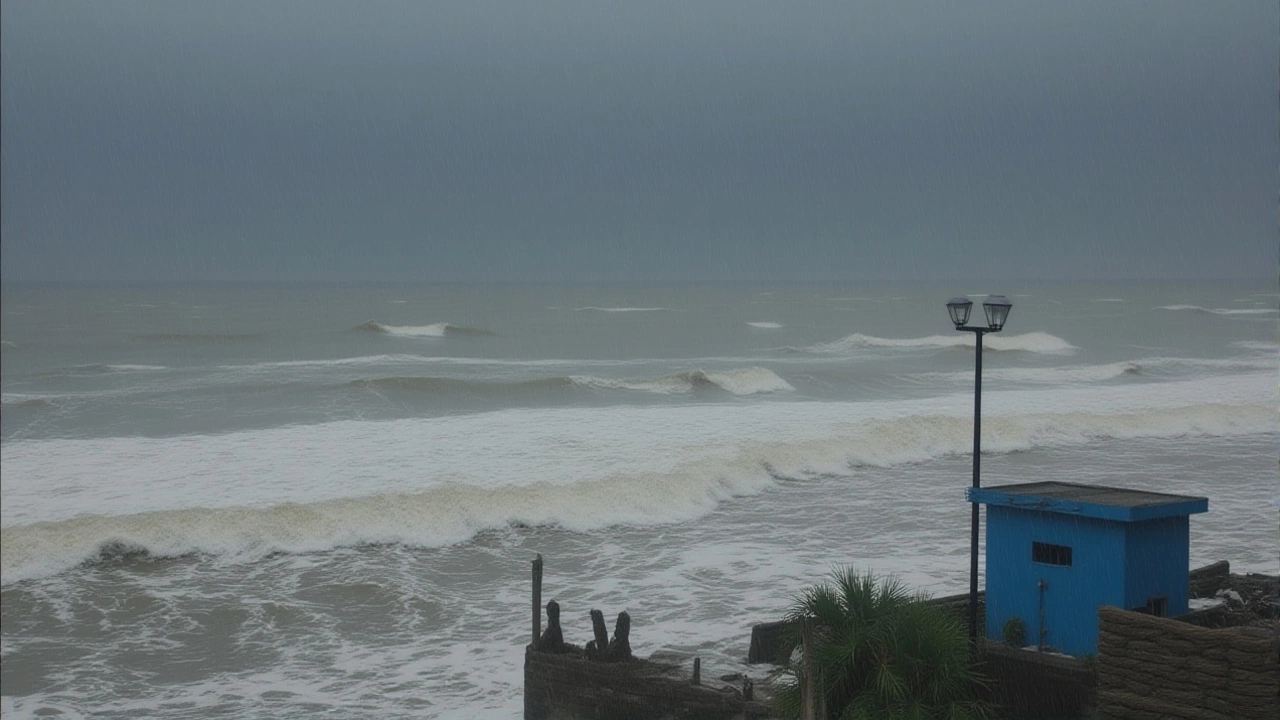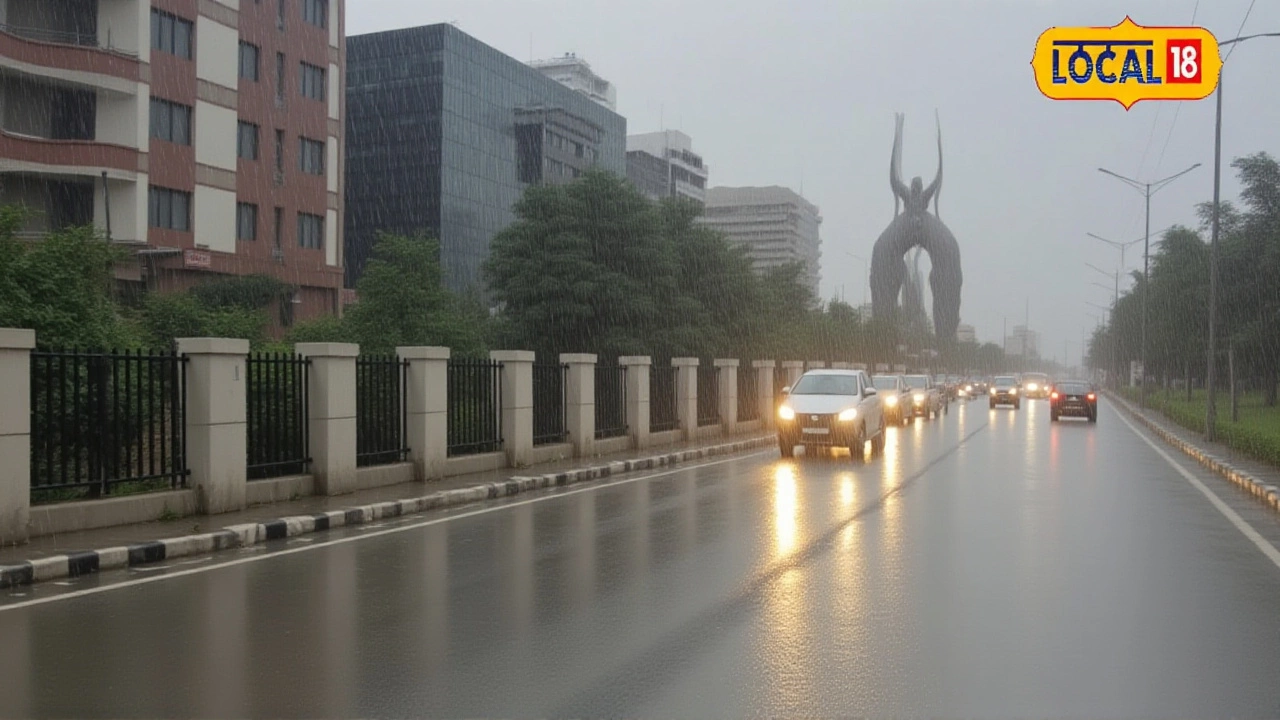
India Meteorological Department – Your Go‑to Source for Weather and Climate Info
When you think about India Meteorological Department, the government agency that tracks weather, issues forecasts, and studies climate patterns across the subcontinent. Also known as IMD, it plays a crucial role in daily life, agriculture, and disaster preparedness. The department isn’t just a data‑dump; it translates raw numbers into guidance you can actually use—whether you’re a farmer waiting for the first monsoon rain or a commuter checking the chance of a thunderstorm on the way to work.
One of the core activities is weather forecasting, the short‑term prediction of temperature, rainfall, wind and other atmospheric conditions. Forecasts are generated using a blend of ground stations, weather radars, and satellite imagery. The better the data, the more accurate the forecast, which in turn helps schools decide whether to cancel classes or authorities to plan road closures.
Monsoon predictions, seasonal outlooks that estimate the timing and intensity of the summer rains are perhaps the most watched service. Farmers rely on these predictions to plan sowing dates, while water managers use them to allocate reservoir releases. A late or weak monsoon can ripple through food prices, electricity generation, and even public health.
Beyond daily forecasts, the department conducts climate monitoring, long‑term observation of temperature trends, greenhouse gases, and extreme events. This data feeds into global climate models and informs policy decisions on mitigation and adaptation. In simple terms, climate monitoring tells us how the weather is changing over years, not just hours.
Key Services Offered by the India Meteorological Department
Another vital piece is severe weather alerts, warnings issued for cyclones, floods, heatwaves and other hazardous conditions. These alerts are disseminated through SMS, radio, TV, and digital platforms, giving people the chance to relocate, secure property, or take health precautions. The alert system works because the IMD continuously monitors atmospheric pressure, sea‑surface temperature, and wind patterns—an example of how weather forecasting and climate monitoring intersect to protect lives.
Technology is a big driver of improvement. The department uses high‑resolution numerical models, Doppler radars, and geostationary satellites to capture rapid changes. Collaboration with international bodies like the World Meteorological Organization brings in best practices and shared data, meaning the forecasts you receive are part of a global network. This cooperation also helps improve monsoon predictions by comparing patterns across neighboring countries.
People often ask why the IMD sometimes seems to miss a sudden storm. The answer lies in the complexity of the atmosphere: tiny variations can grow into big systems, a concept known as chaos theory. That’s why the department constantly refines its models, expands observation stations, and invests in AI‑driven analysis to squeeze more accuracy out of the same data. Each upgrade tightens the link between climate monitoring and real‑time alerts.
All these pieces—forecasting, monsoon outlooks, climate records, and alerts—fit together like a puzzle. When one part improves, the whole picture becomes clearer. That’s why you’ll notice recurring themes in the articles below: from recent earthquake reports that affect seismic monitoring, to mobile‑based SMS services that deliver weather updates, and even discussions on how digital news platforms report on IMD’s announcements.
Below you’ll find a curated set of posts that dive deeper into these themes, showcase real‑world applications, and highlight the latest developments from the India Meteorological Department and related services. Explore the collection to see how weather data turns into actionable information for everyday life.

